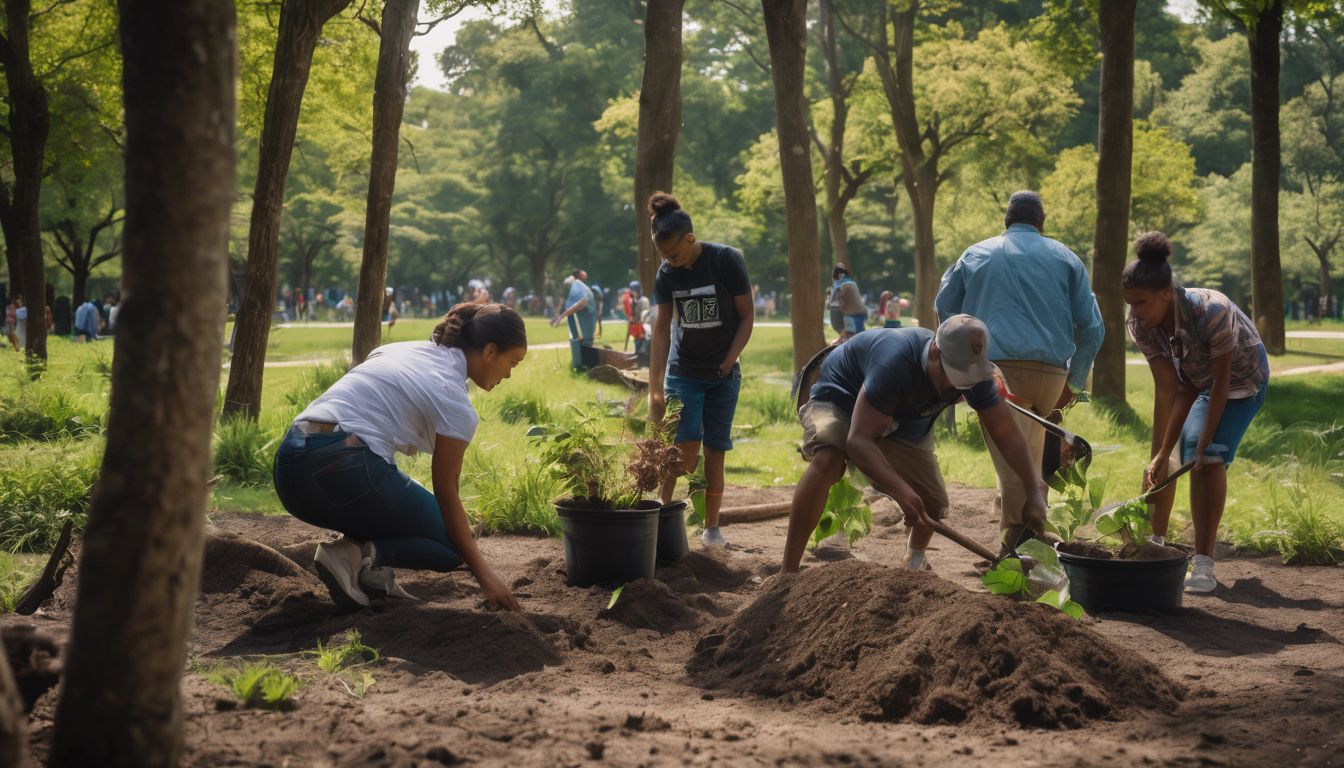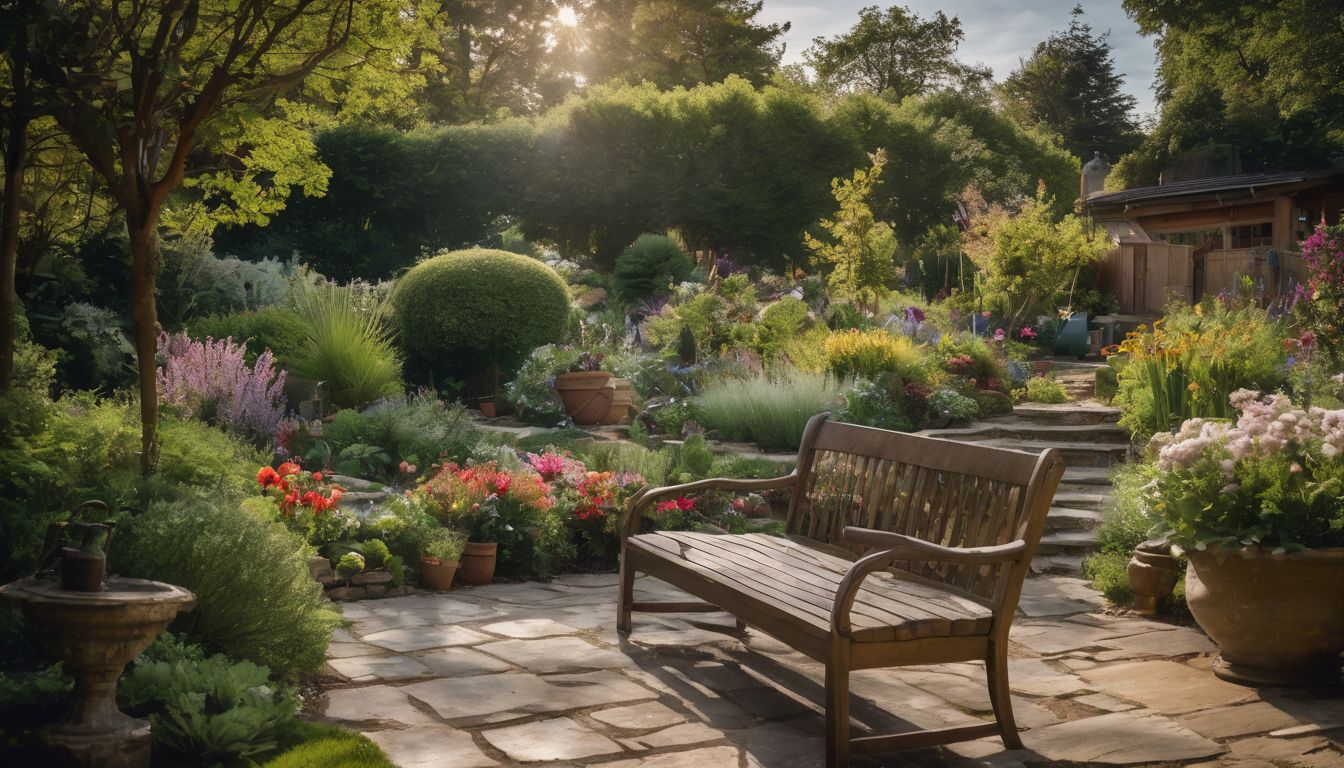Don’t wait for spring to enjoy studying nature. In the wintertime, many trees have lost their leaves, but that doesn’t mean they don’t have a story to tell. We can still identify them by examining their branches, bark, buds, and shape—the 3 “Bs”!
BENEFITS FOR THE ENVIRONMENT: Ten percent of all trees are threatened with extinction.1 Learning more about nature will inspire you to protect it. There’s a difference between cutting down a tree and cutting down a pin oak tree, whose acorns you and your friends played with last autumn.
BENEFITS FOR YOUR HEALTH: Children ages 8 to 18 spend an average of 7.5 hours a day on smart phones, computers, television, and other electronic devices.2 That’s why it’s not surprising that as many as 1 in 3 children are obese.3 A great way to get your little ones outside and moving is to show them the wonders of nature. It might inspire them to get out, be active, and learn more! Of course, the same goes for adults.
Cost: Low
Time and effort: Moderate
Trees that once had leaves are bare.
They’re dressed instead in lacy white.
Snow dusts their trunks.
and coats their limbs.
with flakes that outline them with light.
—Winter Trees by Carole Gerber
Game Plan!
Step one: Prepare
It’s wintertime, so don’t forget to bundle up, especially if you live in the northern states. Wear fingerless gloves, so that you can feel all the tree textures. Stop in at your local library and pick up a winter or all-season tree guide. Make sure the book features detailed photographs of each species’ buds and bark. If you live in Eastern North America, I recommend the book Identifying Trees, by Michael D. Williams. For children and their adults, check out Winter Trees, by Carole Gerber. In this picture book, a boy and his dog walk through a wintry forest and identify seven common trees.
Step two: Learn the 3Bs
To identify trees, you must learn to see. Each tree has characteristics—some obvious and some not—that give clues as to what species of tree it is. In this guide, we’ll learn how to identify deciduous trees, such as maples and birches, in the wintertime, after they’ve lost their leaves. We won’t address evergreen trees, such as firs, pines, and spruces, because they look the same all year long.
Once you’ve found a deciduous tree, examine its 3 “Bs”:
Branching, Bark, Buds, and shape!
1) Observe the branching pattern:
Some trees have an opposite arrangement, which means the branches are across from each other at the same level. Maple, ash, horse chestnut, and dogwood trees all exhibit opposite branching.
Other trees have an alternate arrangement. The branches are on different levels, like spiral steps. Oak, hickory, sycamore, walnut, elm, and cherry trees all have alternate branching.
2) Now let’s look at the bark:
Bark covers trees like a skin, protecting them from insects, disease, and harsh weather. Some trees have brown bark. Others have gray, red-brown, black, or even white bark! What color bark does your tree have? Some bark has patterns that are horizontal, vertical, or diamond-shaped. Some bark peels easily, and some doesn’t. Some bark is smooth, and some bark is rough. What does the bark on your tree feel like?
For example, a paper birch tree has bright white bark that peels effortlessly:
3) Next, observe the buds:
Buds are the knobs on twigs that develop into leaves in the spring. They come in all shapes and sizes. This is the bud of the paper birch tree:
This paper birch tree bud looks much different than the bud of the ash tree, pictured below, don’t you think?!
4) Finally, take a step back and look at the overall shape of the tree.
Is it round like this?8 Then it might be a maple tree.
Or is it column-shaped?9 Then it might be a Lombardy poplar. Or maybe it’s shaped like a pyramid? An oval? You might be tempted to identify your tree using the fallen leaves or seeds underneath the tree. Don’t! The leaves or seeds may have come from that tree, but they may have also been blown over from a neighboring tree.
Step three: Practice, Practice, Practice!
Let’s practice with an example. The sugar maple is an important tree to identify in late winter and early spring, when rising temperature creates pressure inside the tree, causing sap to flow. For centuries, people have been tapping the sugar maple tree to release its sap and create maple sugar… yum!
REMEMBER: In late winter, the sugar maple still hasn’t developed its leaves, so we won’t be able to rely on the familiar shape of the maple leaf to identify the tree. When looking for a sugar maple, examine its features:
Branching—Are the branches opposite from one another? Then it may be a sugar maple!
Bark—Is the bark grey-brown? Then it may be a sugar maple! If the tree is mature, then the bark will be divided into long irregular strips that often curl to one side. If the tree is young, the bark will be thin, smooth, and gray.
Buds—Are the buds slender and pointed? Are they brown to dark brown? Do they have several pairs of faintly hairy scales? Then it may be a sugar maple!
Shape—Does the tree have a rounded crown? Then it might be a sugar maple! Note: if the tree is growing in a forest and not in an open field, the shape may differ from the image below.
If you answered “yes” to all of the above, you’ve found your first sugar maple, congrats! If you’re interested, you can also learn about how to tap a maple sugar tree and make maple syrup!
Don’t expect to learn all the tree species—there are 80,000 to 100,000 of them worldwide!14 Start by getting to know the most common dozen or so trees in your neighborhood. Observe each tree’s role in its ecosystem. How does it interact with the squirrels, deer, and birds? Most importantly, have fun while you learn. Find a good climbing tree—I recommend a mulberry—and explore its branches!




